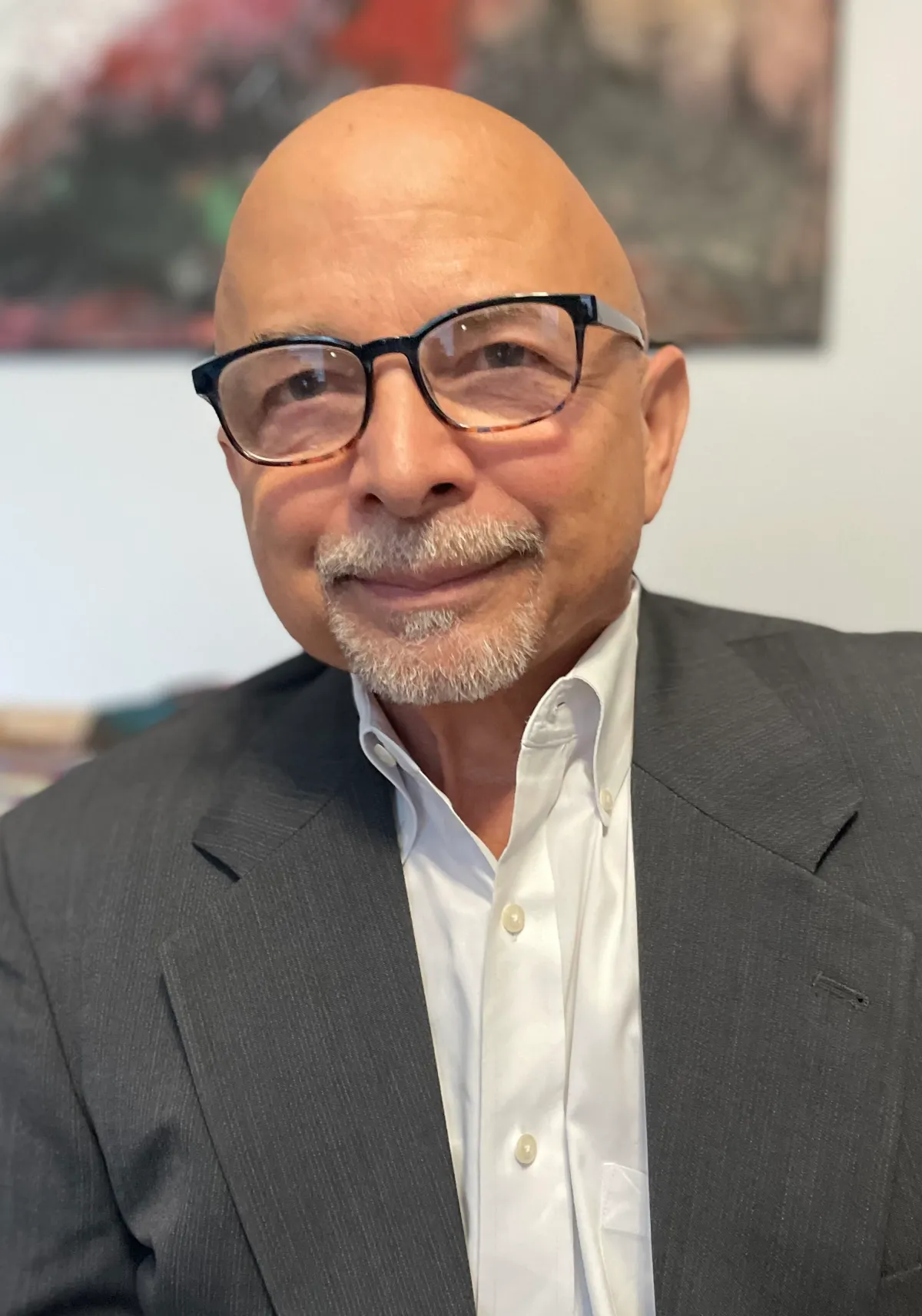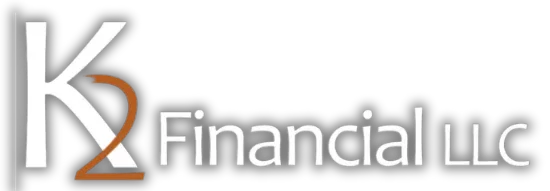inFOCUS
K2 Financial blog

Applying for a Reverse Mortgage in 7 Easy Steps
Applying for a reverse mortgage might feel overwhelming at first, but with the right guidance, it can be a smooth and straightforward process. Following these seven steps can make the process more straightforward, especially when working with a reliable lender and financial advisor. Always be sure to seek professional advice to ensure the reverse mortgage fits well into your broader financial plan.
Applying for a Reverse Mortgage in 7 Easy Steps
Applying for a reverse mortgage might feel overwhelming at first, but with the right guidance, it can be a smooth and straightforward process. This type of loan offers significant benefits to homeowners 62 and older by unlocking the equity in your home to help you enjoy a more comfortable and secure retirement. It’s all about taking it step by step, ensuring you understand each part of the process so you can make confident and informed decisions. Here’s a breakdown of the seven steps to applying for a reverse mortgage, along with some key requirements and tips to guide you.
What Do You Need to Qualify for a Reverse Mortgage?
Before you dive into the application process, it’s important to make sure you meet the basic requirements for a reverse mortgage. These include:
Age: You must be 62 or older (though some proprietary loans may allow borrowers as young as 55 in certain states).
Primary Residence: You need to own your home, have your name on the deed, and the home must be your primary residence.
No Existing Liens: All existing liens or mortgages on your home must be paid off, either prior to or at the closing of your reverse mortgage.
No Federal Debt Delinquency: You cannot be behind on federal debts like taxes or student loans (if you are, they must be settled at closing).
Property Condition: Your home must meet the U.S. Department of Housing and Urban Development (HUD) property standards.
Ability to Pay Ongoing Costs: You’ll need to have the financial resources to cover ongoing costs, like property taxes, insurance, and maintenance. A financial assessment will help determine if a set-aside from your loan proceeds is needed for these expenses.
Counseling: Also, counseling from a HUD-approved reverse mortgage counselor is required before you can proceed. This step ensures you fully understand the loan’s terms and how it fits into your financial situation.
Step 1: Research Lenders and Loan Options
The first step is to explore the different types of reverse mortgages available and find the right lender for your needs. Some lenders specialize in specific products, such as the FHA’s Home Equity Conversion Mortgage (HECM), which are insured and backed by the federal government, while others may offer proprietary reverse mortgages with more flexible terms for high-value properties.
Take the time to compare lenders—not only in terms of rates but also their level of service. Some providers operate through large call centers, while others offer more personalized, one-on-one support. An important and realistic key to a good experience, is to work with a reverse mortgage professional who has a reputation for complete transparency and excellent communication throughout the loan process.
Step 2: Attend Reverse Mortgage Counseling
Reverse mortgage counseling is an important, mandatory step. It typically takes 40 to 90 minutes and can be done in person or over the phone. The goal is to make sure you understand the loan’s structure, fees, and long-term obligations. HUD requires lenders to provide a list of approved counselors, but you can choose which one to work with from the approved list.
Once you’ve completed the session, you’ll receive a certificate of completion, which you’ll need to proceed with the loan.
Step 3: Review the Application, Fees, and Disclosures
After counseling, your lender (also known as the loan originator) will guide you through the application process. This includes collecting some personal information to confirm your eligibility. Your loan originator will walk you through all the necessary forms and required personal financial documents, explain the associated fees, and review disclosures related to the loan.
At this stage, you’ll also decide how you want to receive your funds:
Lump sum
Line of credit
Fixed monthly payments
A combination of these options
This flexibility allows you to tailor the reverse mortgage to your specific financial goals and needs.
Step 4: Submit for Loan Processing
Once your application is complete and signed, it enters the processing phase. This is when your home’s appraisal and title search are ordered (the appraisal fee is typically paid by the borrower). Once the appraisal is done, the lender’s underwriter reviews your application to ensure everything meets the necessary criteria.
This process may take anywhere from a few days to a few weeks, depending on your home’s location and complexity. During this time, your lender should keep you updated on the progress and any additional steps needed.
Step 5: Close on the Loan
Once your loan is approved, it’s time to close the deal. The closing is handled by a title agent (or attorney in some states), and your lender will confirm your chosen method for receiving the funds. During this step, final figures and documents are prepared, and any outstanding liens are paid off.
The closing costs, except for the appraisal and counseling fee, are typically rolled into the loan, so there’s no need to pay those out of pocket unless you choose to. If, at this point, you change your mind, you’re still free to walk away—there’s no obligation to proceed until the paperwork is signed.
Step 6: Receive Funds Distribution
After closing, you have a three-day “Right of Rescission” period, during which you can cancel the loan if you have any second thoughts (except for a HECM purchase, in which case funds are distributed at closing). Once this period ends, your funds are distributed according to the payment plan you selected.
If you later decide to change how you receive your payouts, you can adjust your payment plan by requesting a new payout agreement from your loan servicer. There may be a small service fee for making changes, but it offers flexibility for future needs.
Step 7: Work with Loan Servicing
After your reverse mortgage closes, a loan servicer will manage your account. They will handle your payouts and monitor your compliance with loan requirements (such as keeping up with taxes and insurance). The servicer is your point of contact for any questions or changes related to your loan after it’s been funded.
What Are the Ongoing Obligations With a Reverse Mortgage?
Reverse mortgage borrowers stay in their homes without making any required mortgage payments. However, in order to enjoy those privileges, they must stay in good standing with their loans. Homeowners who don’t need their loan obligations will need to repay their loan. Obligations include:
Property taxes, homeowner’s insurance, and other home-related fees must paid on time
You must live in the home as your principal residence for the majority of the year (there are a few exceptions to health-related convalescent care and rehabilitation)
Maintaining the home in good condition
Conclusion
In the right circumstances, a reverse mortgage can be a powerful tool to enhance your retirement lifestyle, offering flexibility and financial relief. Following these seven steps can make the process more straightforward, especially when working with a reliable lender and financial advisor. Always be sure to seek professional advice to ensure the reverse mortgage fits well into your broader financial plan.
Remember: A reverse mortgage is a significant financial commitment, so make sure you fully understand the terms and how it impacts your long-term financial picture. Working with knowledgeable professionals will give you the clarity and confidence to move forward with peace of mind.
Sources:
U.S. Department of Housing and Urban Development (HUD)
National Reverse Mortgage Lenders Association (NRMLA)
AARP’s Guide to Reverse Mortgages
SUBSCRIBE
You can receive these blog posts by email as part of our newsletter series. Just enter your email address and you'll receive them without leaving the comfort of your inbox. Your address will not be shared with anyone.

Sam Jack Brantley
NMLS 723522
(615) 542-0821
samjack@samjack.com

Ken Kennedy
NMLS # 1627908
(903) 235-3637
kenk@k2-financial.com

Kenny Hawthorne
NMLS @ 1647665
(903) 235-7114
khawthorne@k2financial.com

John Misky
NMLS 478717
(615) 310-2687
jmisky@k2-financial.com

K2-Financial, LLC is an Equal Opportunity Mortgage Broker/Lender. The services referred to herein are not available to persons located outside the state of Texas and/or the state of Tennessee.
Branch Location: 605 S Orchid Dr, White Oak, TX 75693; Corporate Address: 24302 Del Prado Suite B Dana Point, California 92629 NMLS # 1842513
This licensee is performing acts for which a mortgage company license is required. OC Home Loans, Inc., is licensed by the Texas Department of Savings and Mortgage Lending, NMLS: 1842513. Loan approval is not guaranteed and is subject to lender review of information. All loan approvals are conditional and all conditions must be met by borrower. Loan is only approved when lender has issued approval in writing and is subject to the Lender conditions. Specified rates may not be available for all borrowers. Rate subject to change with market conditions. K2-Financial, LLC is an Equal Opportunity Mortgage Broker/Lender. The services referred to herein are not available to persons located outside the state of Texas and/or the state of Tennessee. Branch Location: 605 S Orchid Dr, White Oak, TX 75693; Corporate Address: 24302 Del Prado Suite B Dana Point, California 92629 NMLS # 1842513





